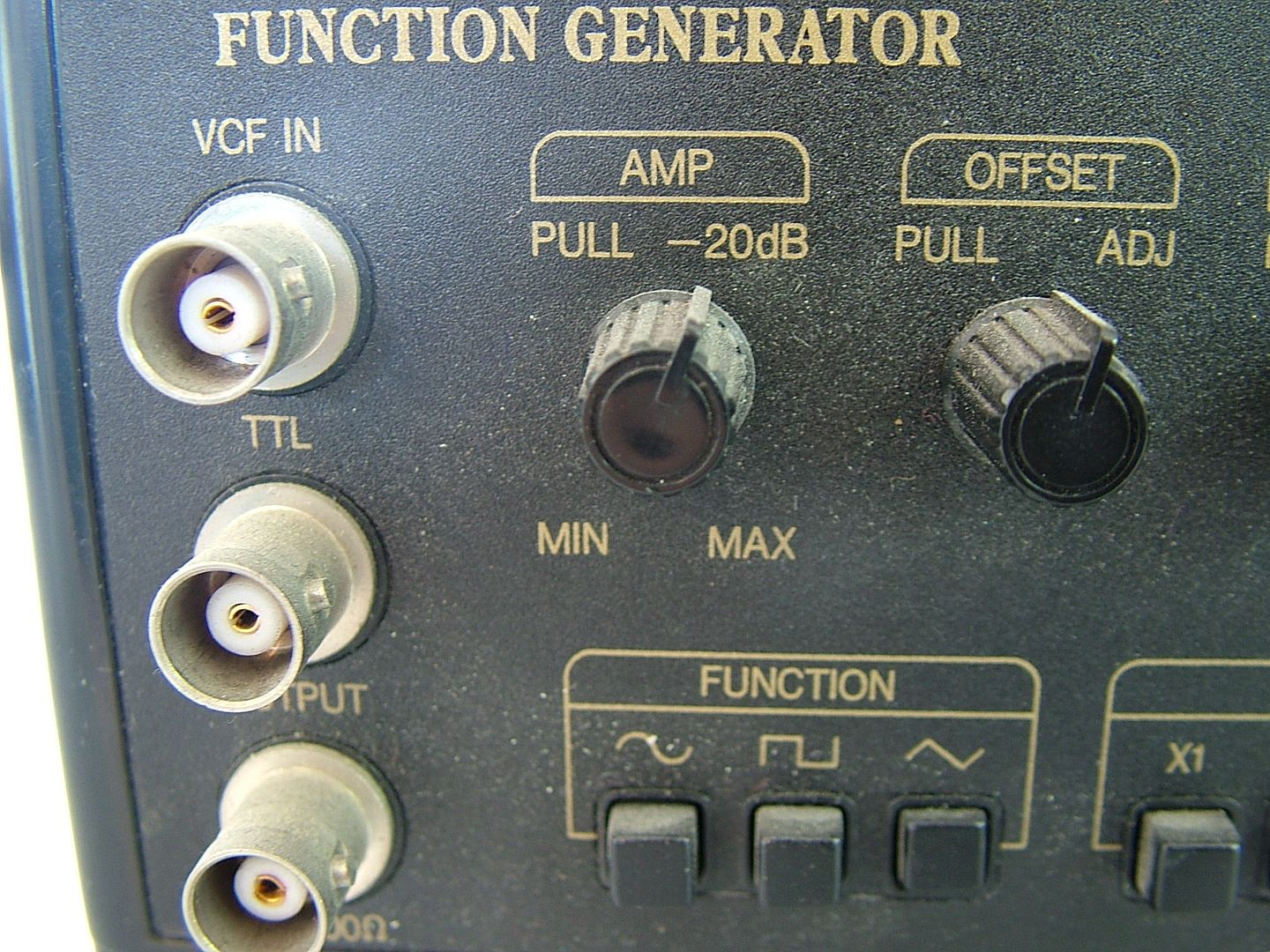Metex Ms-9150 Manual

Cookies This forum uses cookies. Some cookies may have been set already..If you are logged in please click the red X button on the right to accept our cookies and remove this message. If you continue to use the forum, we will assume you are happy to accept the cookies anyway. If you are not happy to accept the cookies you must stop using the forum and delete our cookies from your browser. (Our use of cookies has not changed, however we are now legally obliged to inform you of their use and gain your consent).
Lg Flash Tool Keygens here. Vintage Test Gear and Workshop Equipment For discussions about vintage test gear and workshop equipment such as coil winders. I seem to recall it is a null-modem cable. I have never used Windows, but used to use DOS, 20 years ago. You needed to use a Baud rate that was not too fast for the particular device, and select which com port. Ramayan Songs Free Download Mp4. Comm1, comm2, comm3 or comm4 were the only choices if I remember correctly, but usually Comm1 or Comm2.
It was always easier if you used a propriety package, though the name of the one I used eludes me. In the early days of USB adaptors, they did NOT work with all hardware, and a true serial port was necessary.
Jan 14, 2012. The unit is in fact a Metex combined test instrument system and these were popular a few years ago and found homes in schools, colleges and home workshops. Rafter Revit Cracked here. They were not a cheap. The manual actually hints at this. MS-9150.png (287.16 kB, 1009x494 - viewed 3355 times.) Logged. Download metex ms 9150 Manual - Size: 392,46 KB ID: 1457469.
Hello, Some time ago I became the owner of a Tenma 72-5085. This appears to be the same device as a Metex MS-9150.
The posts here got me started on the RS-232 connection of the device. In the end I got it working so I thought I would share my findings. The port on this device is RS-232, using following settings: Baudrate 1200 Databits 7 Stopbits 2 Parity None Handshake None Protocol: D: return the value measured.
(Commands are executed after sending a linefeed ' n' character) To get the device connected to my PC a breakout box with lights to check the connections turned out to be very useful. Finally a DB25F-DB9M converter and a DB9F-DB9F gender changer made the proper connections for TxD and RxD (These came from my stock, I guess a DB25F to DB9F should work as well). Using this adapter the connection seemed correct, but I did not see a response on my screen yet. Both RxD and TxD lights were showing activity, the TxD light however was only very faint.
This is caused by the implementation of the TxD 'transceiver' of the MS-9150. The schematic of a MS-9150 shows that only TxD and RxD are connected, and that opto-couplers are used for isolation. The implementation of TxD only uses a pull-down between signal ground and the TxD pin using the transistor of the opto-coupler and a 3.3k resistor. This might have worked on old-fashion implementations of a serial port, but in my case it did not.
I am using a USB-to-UART converter which did not include a pull-down on RxD to pull the input to idle level when nothing was connected. In my case adding a resistor of 10k between the negative output of the charge-pump of the level shifter of the USB-to_UART converter, and the RxD pin fixed this. The levels used are far from standard-compliant, but the USB-to-UART converter accepts it. With the pull-down resistor communication is working and I can read the measured values on my PC.
According to the schematic the RS-232 port is only connected to the multimeter part of the device. Except for the 'D' command for reading the currently measured value I have not been able to find a description of the protocol. I would be interested if anyone has more information.
What are you seeking from the manual? If you're not an EE and don't intend to repair it, then I assume that you want to know its basic functionality and methods of operation. That kind of information will likely be very similar between models. Characteristics that differ between models might be things such as the maximum frequency of the function generator, extra features of a more expensive version, etc., most of which would be apparent when you run into the limitations or don't find the features. Nevertheless, the fundamental concepts and operation will similar. Hence, my original recommendation. Note, too, that others have said that the manuals are sparse.